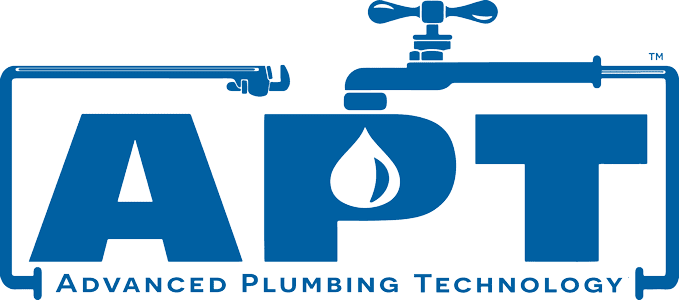Plumbing for New Homeowners: What You Need to Know
September 24th, 2023Posted by Brian Shoemaker
Welcome to Advanced Plumbing Technology’s comprehensive guide for new homeowners diving into the world of plumbing! As you embark on this exciting journey of homeownership, understanding the intricacies of plumbing systems is essential to maintaining a comfortable and hassle-free living space. Our team of experts has put together this guide to equip you with valuable insights, tips, and tricks that will empower you to tackle plumbing challenges head-on. Let’s dive in!
The Plumbing Basics
Understanding Your Plumbing System
Your plumbing system is the backbone of your home, responsible for bringing in fresh water and disposing of waste. It consists of two main subsystems: the water supply system and the drainage system.
Water Supply System: This system delivers clean, potable water to your faucets, showers, toilets, and appliances. It comprises pipes, valves, faucets, and fixtures. It’s crucial to know the location of your main water shut-off valve in case of emergencies.
Drainage System: The drainage system removes wastewater and sewage from your home. It includes pipes, drains, and vents. Regular maintenance is key to preventing clogs and backups.
Common Plumbing Issues
As a new homeowner, being aware of potential plumbing issues can save you time, money, and frustration.
Leaky Faucets: A dripping faucet not only wastes water but can also lead to higher water bills. Most of the time, a worn-out washer or seal is the culprit.
Clogged Drains: Hair, soap scum, and debris can accumulate in drains, causing slow drainage or complete blockages. Using a drain cover and being mindful of what goes down the drain can prevent this.
Running Toilets: If your toilet continues to run after flushing, it’s likely due to a faulty flapper valve or fill valve. Addressing this promptly can prevent water wastage.
Low Water Pressure: Mineral buildup in pipes, a partially closed shut-off valve, or a leak can result in low water pressure. Identifying the root cause can help restore proper pressure.
Plumbing Maintenance Tips
Regular Inspections
Periodically inspect your plumbing system for any signs of leaks, corrosion, or damage. Check under sinks, around toilets, and along visible pipes. Catching issues early can prevent extensive damage.
Drain Care
Prevent clogs by using drain covers and avoiding pouring grease, coffee grounds, and other debris down the drain. Once a month, pour hot water down the drain to help flush out buildup.
Water Heater Maintenance
Your water heater needs regular attention, too. Drain a few gallons from the tank annually to remove sediment that can affect efficiency. Check the temperature and pressure relief valve for proper functioning.
Know When to Call Professionals
While DIY fixes can address minor plumbing issues, certain problems require professional expertise. Don’t hesitate to reach out to Advanced Plumbing Technology if you encounter complex issues like mainline blockages or extensive leaks.
Plumbing Upgrades for Efficiency
Low-Flow Fixtures
Consider replacing outdated faucets, showerheads, and toilets with low-flow alternatives. These fixtures help conserve water without sacrificing performance.
Water Heater Upgrade
If your water heater is aging, upgrading to a newer, energy-efficient model can reduce energy bills and provide more reliable hot water.
Pipe Insulation
Insulating exposed pipes can prevent them from freezing during colder months. Frozen pipes can burst and lead to significant damage.
Emergency Preparedness
Shut-Off Valve Locations
Know the location of your main water shut-off valve and individual fixture shut-off valves. In case of a leak or burst pipe, turning off the water quickly can minimize damage.
DIY Emergency Kit
Create a DIY emergency kit that includes a plunger, plumbing tape, a pipe wrench, and a bucket. These tools can be invaluable in tackling unexpected plumbing issues.
Conclusion
Advanced Plumbing Technology congratulates you on your new homeownership journey! By understanding the basics of plumbing, practicing regular maintenance, and knowing when to seek professional help, you’re well on your way to a smoothly functioning plumbing system. Should you ever encounter plumbing challenges that require expert attention, don’t hesitate to reach out to your local professional plumber. Here’s to a comfortable and worry-free life in your new home!
